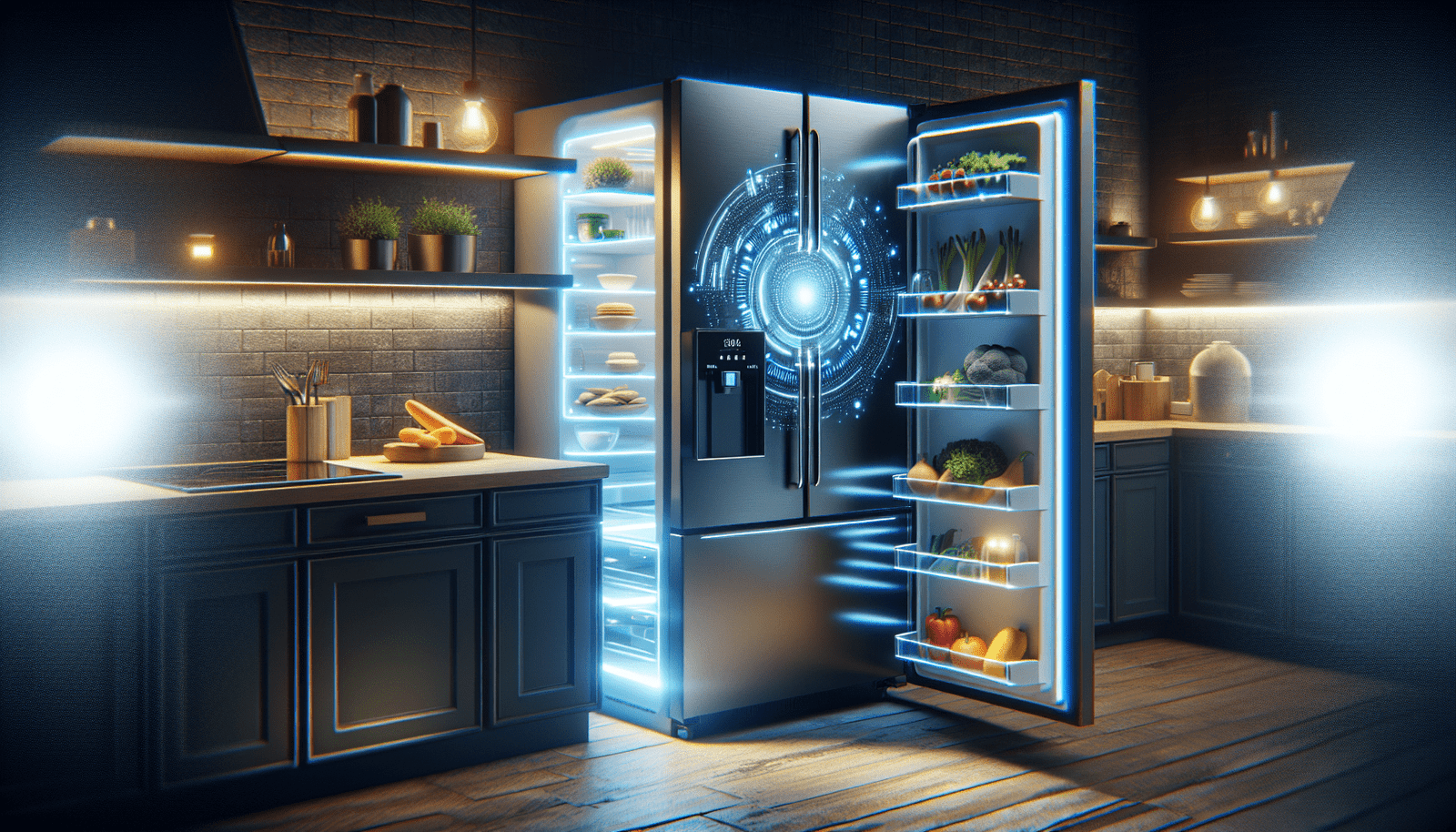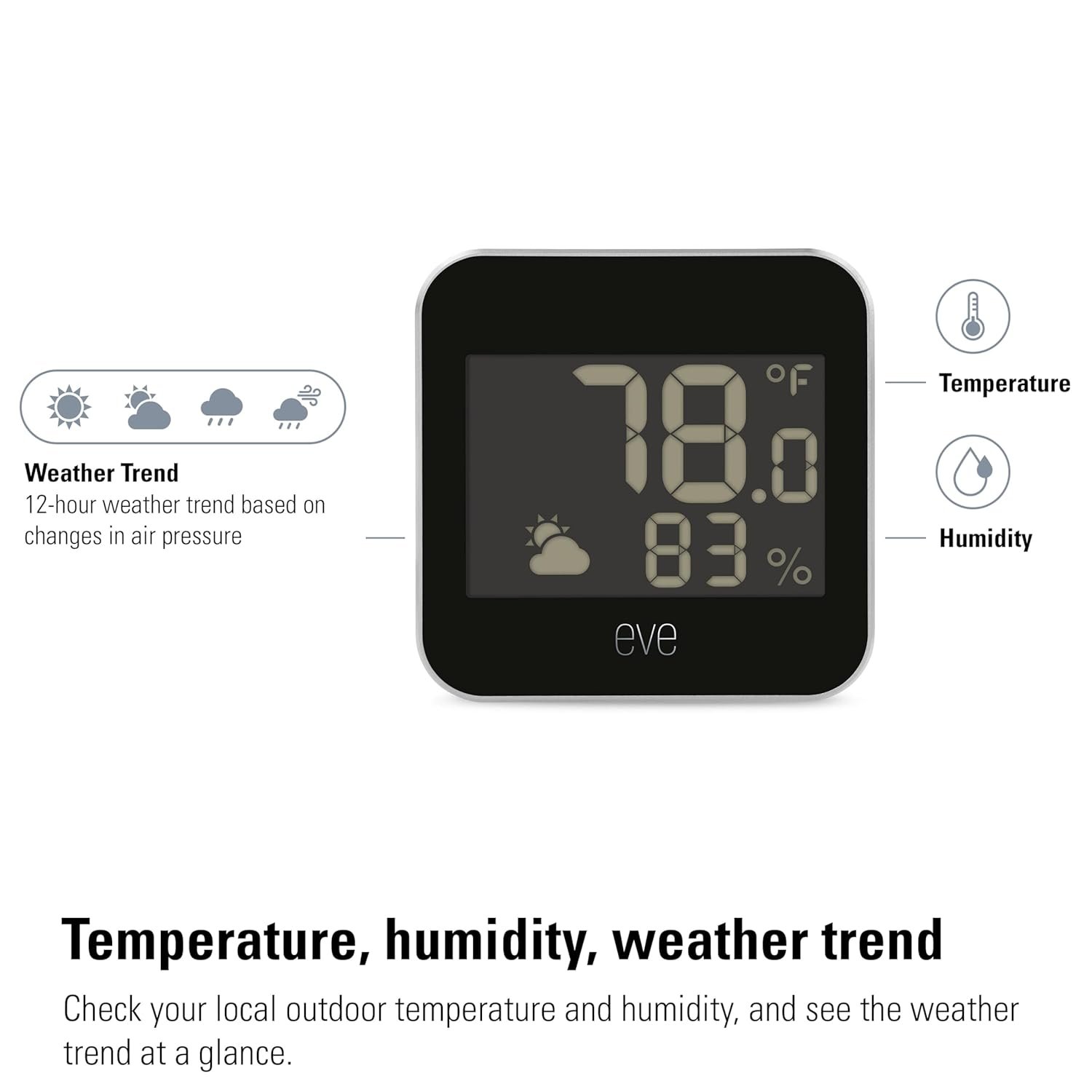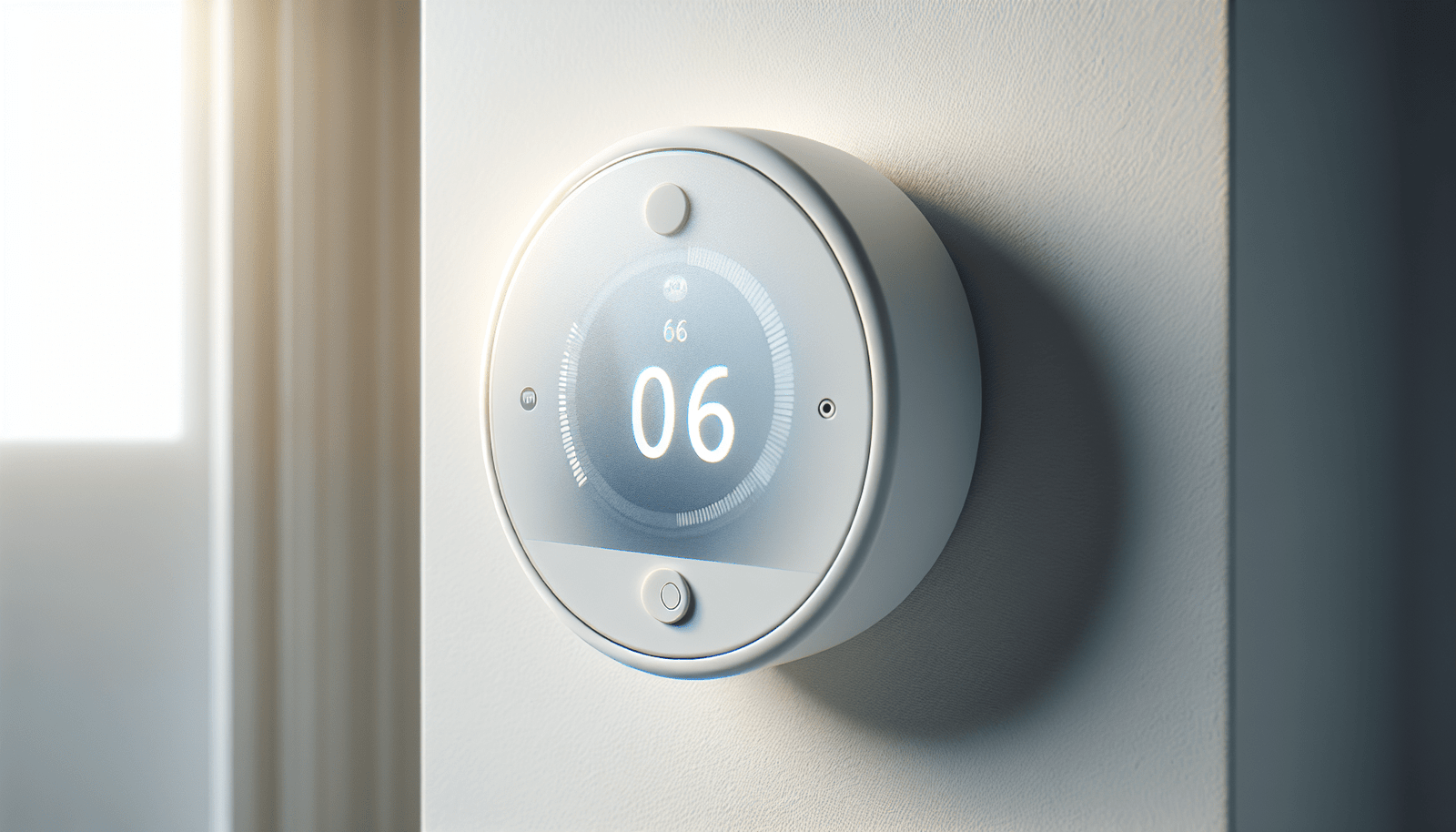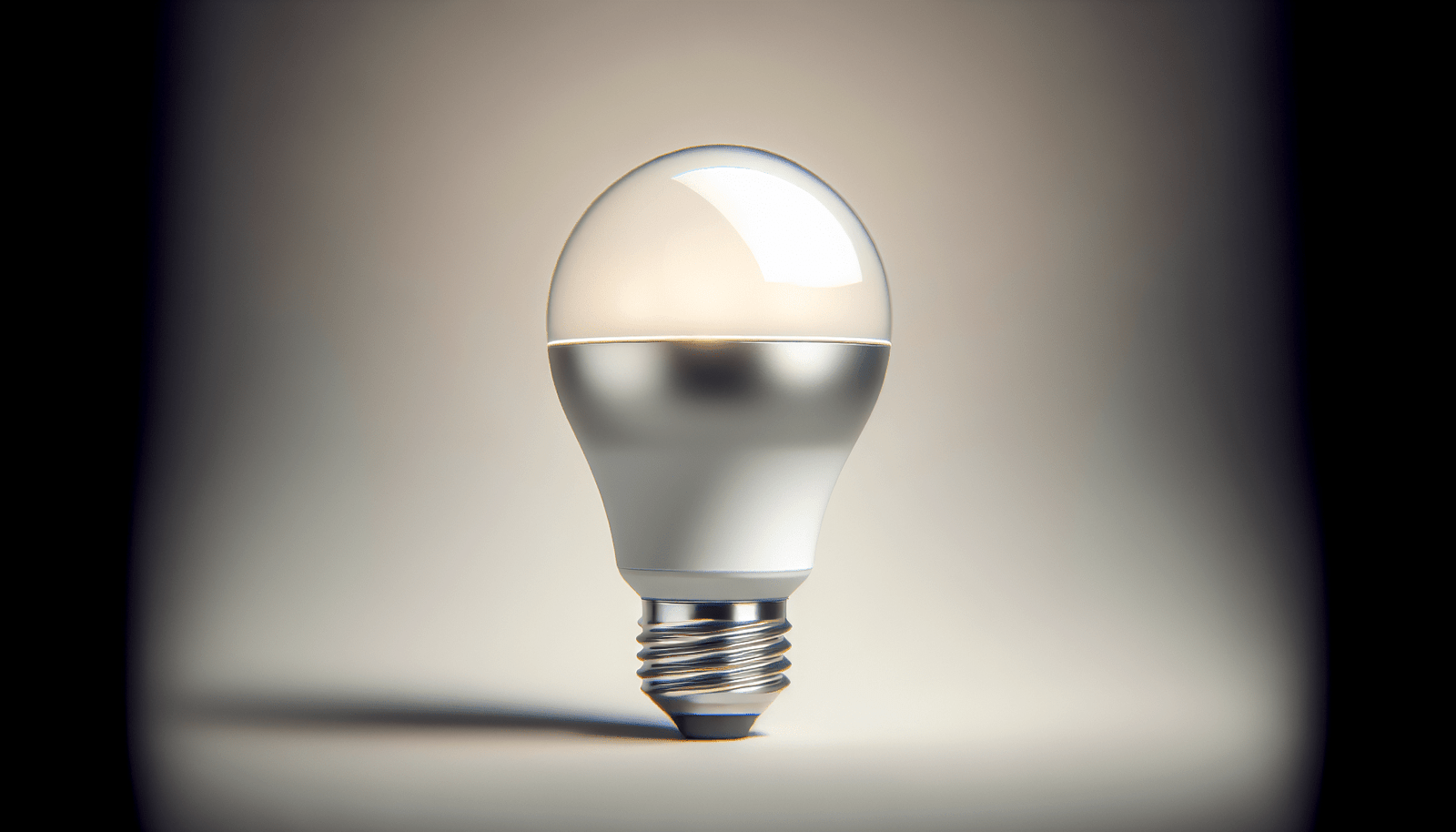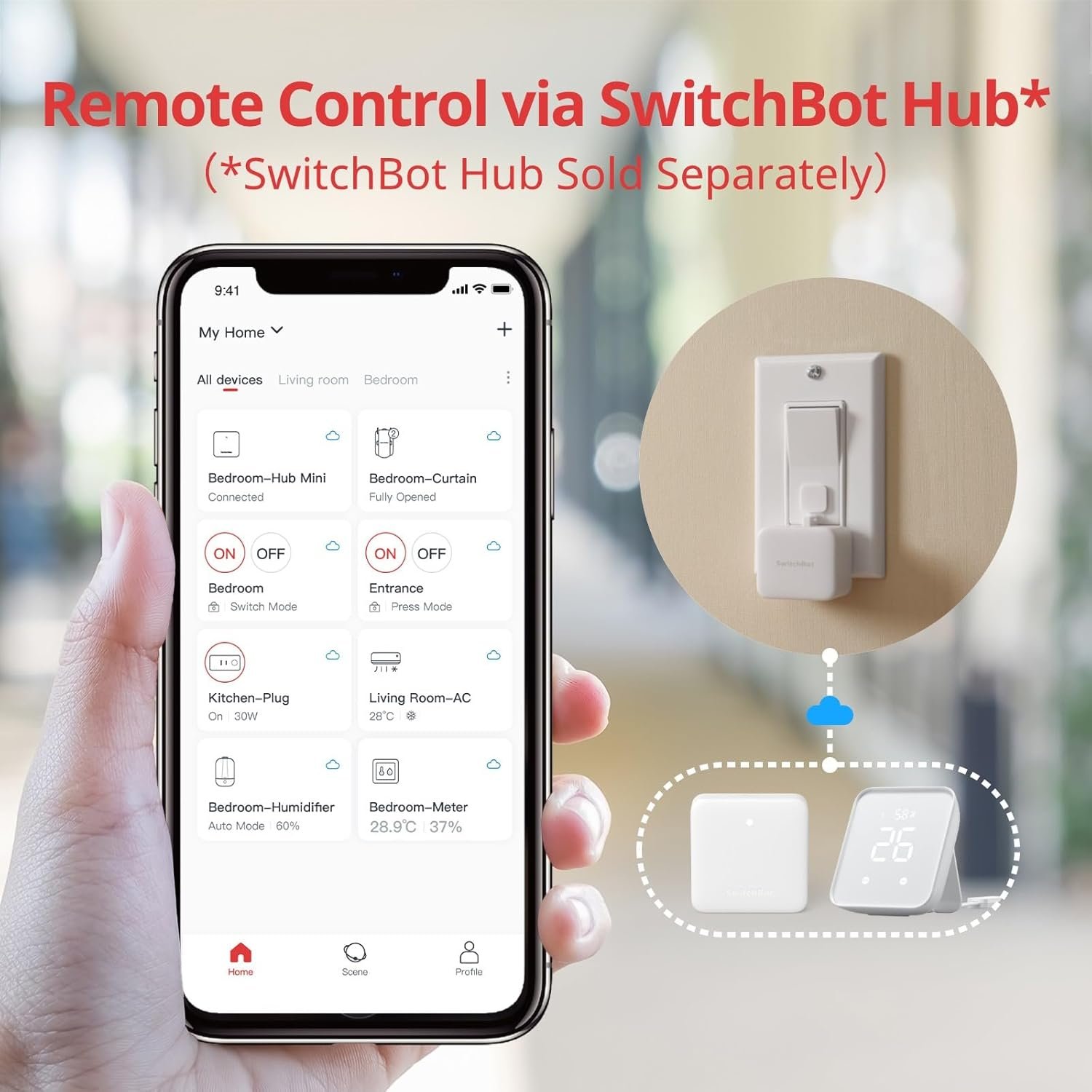Have you ever wondered how technology could simplify your daily routines at home, while also keeping you connected, secure, and energy-efficient? In this detailed guide, we will cover the essentials of smart appliances, helping you understand how they can transform your living space. We’ll discuss everything from basic definitions to future trends, making sure you have all the information you need to make educated decisions about integrating smart technology into your home.

Understanding Smart Appliances
Smart appliances are household devices that use technology to automate tasks, connect to the internet, communicate with other devices, and provide their users with more control and data. Whether it’s a refrigerator that helps track your grocery list or a thermostat that learns your schedule to optimize heating and cooling, smart appliances are all about reducing manual efforts and improving efficiency. They use advanced sensors, machine learning, and wireless connectivity to provide a more convenient and interconnected lifestyle.
Smart Home Living
Imagine walking into a home where your lights adjust based on the time of day, your thermostat optimizes energy use, and your security cameras provide real-time alerts of any unusual activity. That’s the essence of smart home living—not just convenience, but also a significant step towards a modern, efficient, and secure lifestyle. Smart appliances play a critical role in this by automating many household tasks, improving energy efficiency, and enhancing security.
Integration with Other Smart Devices
One of the most compelling aspects of smart appliances is how they can integrate with other smart devices. From voice assistants like Amazon Alexa or Google Assistant to multi-device ecosystems controlled through a single app or platform, smart appliances can seamlessly work together to offer an optimized user experience. This interconnectivity can even extend to smart doorbells, lights, and home entertainment systems, creating a fluid and comprehensive smart home environment.
Cost and Value Considerations
Investing in smart appliances involves upfront costs, but understanding the long-term savings and benefits is crucial. Initially, the cost might seem daunting, but many smart appliances contribute significantly to energy efficiency, often leading to reduced utility bills over time. Additionally, they can enhance property value, making them a worthwhile investment for real estate investors and homeowners alike.
Initial Costs vs. Long-Term Savings
While the initial price tag of smart appliances can be higher than their non-smart counterparts, they often offer savings in the long run. For instance, smart thermostats can reduce heating and cooling bills by learning your preferences and adjusting themselves accordingly. Similarly, smart lighting can decrease electricity usage by automatically turning off when you’re not home or dimming when bright lights aren’t necessary.
Return on Investment
Beyond savings on utilities, smart appliances can increase the resale value of your home. Homes equipped with smart technology often appeal more to buyers who are looking for modern, energy-efficient, and secure environments. Real estate investors might find that installing smart devices makes a property more attractive, potentially leading to quicker sales or higher rental prices.
Practical Setup and Integration Guides
The idea of setting up smart appliances might seem intimidating, but most manufacturers design their products for easy installation, often offering app-guided setups and comprehensive instructions. Here, we’ll guide you through the general process and offer tips on smoothly integrating these devices into your existing home setup.
Step-by-Step Installation
-
Research and Choose: Identify your needs and research which appliances fit best. Compare features, prices, and compatibility with existing devices.
-
Unbox and Read: Carefully unbox your smart appliance and thoroughly read the manufacturer’s installation guide. Some might require minimal setup, while others could be more complex.
-
App Installation: Download the companion app on your smartphone or tablet. This is essential for the setup and continued management of your appliance.
-
Connectivity: Ensure your home Wi-Fi is stable and connect your appliance. Most devices require a connection to function to their full capacity.
-
Testing and Settings: Once installed, test the appliance to make sure it operates correctly. Customize settings for tailored, optimal performance.
Integration with Voice Assistants
Many smart appliances support integration with voice assistants. For instance, you can instruct your smart vacuum cleaner to start cleaning with a simple voice command. Linking these devices to voice assistants often only requires a few steps within the app, and setup guides are typically user-friendly.
Security and Privacy Concerns
While smart appliances offer many advantages, security and privacy are common concerns. Smart devices connect to the internet, making them potentially vulnerable to cyber threats. However, there are ways to mitigate these risks and ensure your home remains secure.
Potential Risks
Security threats can manifest in several ways. Unauthorized users could access your devices, and any breach could compromise private data or even control over your home environment. Additionally, improper configurations can inadvertently expose your local network to vulnerabilities.
Best Practices for Secure Use
-
Strong Passwords: Use unique, strong passwords for your devices and change them regularly.
-
Regular Updates: Always update your device firmware and associated apps to protect against the latest security vulnerabilities.
-
Secure Networks: Ensure your Wi-Fi network is secure with strong encryption and a complex password.
-
Device Permissions: Be mindful of what permissions apps request and only grant those necessary for operation.

Energy Efficiency and Sustainability
A significant advantage of smart appliances is their contribution to energy efficiency and sustainability. By automating processes and reducing energy consumption, these devices not only cut down on utility costs but also help the environment by reducing your carbon footprint.
Smart Energy Management
Smart thermostats, lighting, and power strips optimize energy use by adjusting to real-time conditions and user habits. Appliances like smart washing machines or dishwashers often have eco-friendly modes that use less water and energy, making them ideal for those conscious of resource consumption.
Environmental Benefits
Smart appliances, through optimized usage patterns and real-time adaptability, significantly contribute to curbing energy wastage. These sustainable practices encourage more environmentally friendly living habits, which is a growing priority for many in today’s society.
Compatibility and Connectivity
When choosing smart appliances, compatibility and connectivity are essential factors. You need devices that will work well with each other and synchronize seamlessly to provide an integrated smart home experience.
Device Interactions
Most smart appliances today can interact with multiple platforms, whether through proprietary apps, voice assistants, or smart home hubs. Understanding whether your new device can speak to the existing ones and how they can work in harmony is pivotal for an optimal smart home setup.
The Importance of Standards
Adopting universally accepted standards or a main ecosystem (like Google Home, Amazon Alexa, or Apple HomeKit) can simplify the integration process. This compatibility ensures that all your devices talk to each other effectively, providing a unified user interface and experience.
Future Trends and Innovations
As technology evolves, so do smart appliances. Keeping abreast of future trends and innovations can help you stay ahead and take full advantage of new developments in the industry.
Emerging Technologies
IoT (Internet of Things), AI (Artificial Intelligence), and machine learning are driving forward the next wave of smart appliances. These technologies ensure devices become more intuitive, requiring less input from you while offering more precise control and automation.
Innovative Features on the Horizon
Expect more appliances to feature self-diagnosing and repairing capabilities, augmented reality-assisted setups, and even more seamless integration with other technological ecosystems. Manufacturers are increasingly focusing on creating adaptive devices to make life more comfortable and efficient.
Determining the Right Choice for You
While the benefits and advancements of smart appliances are appealing, deciding if they align with your needs and budget is crucial.
Aligning with Budget and Needs
Assess your lifestyle and priorities to determine which smart appliances can provide the most value. Are you interested in energy conservation, enhanced security, or simply the convenience of automation?
Potential Lifestyle Impacts
Think about how these devices can improve your daily life. Enhanced convenience, reduced bills, or a secure home environment can contribute positively to your lifestyle, making the initial investment worthwhile.
Ultimately, smart appliances represent an exciting chapter in home technology, offering convenience, savings, and increased security. By understanding these devices and their potential, you can make informed decisions that cater to your lifestyle and financial plans. Welcome to a smarter way of living!
